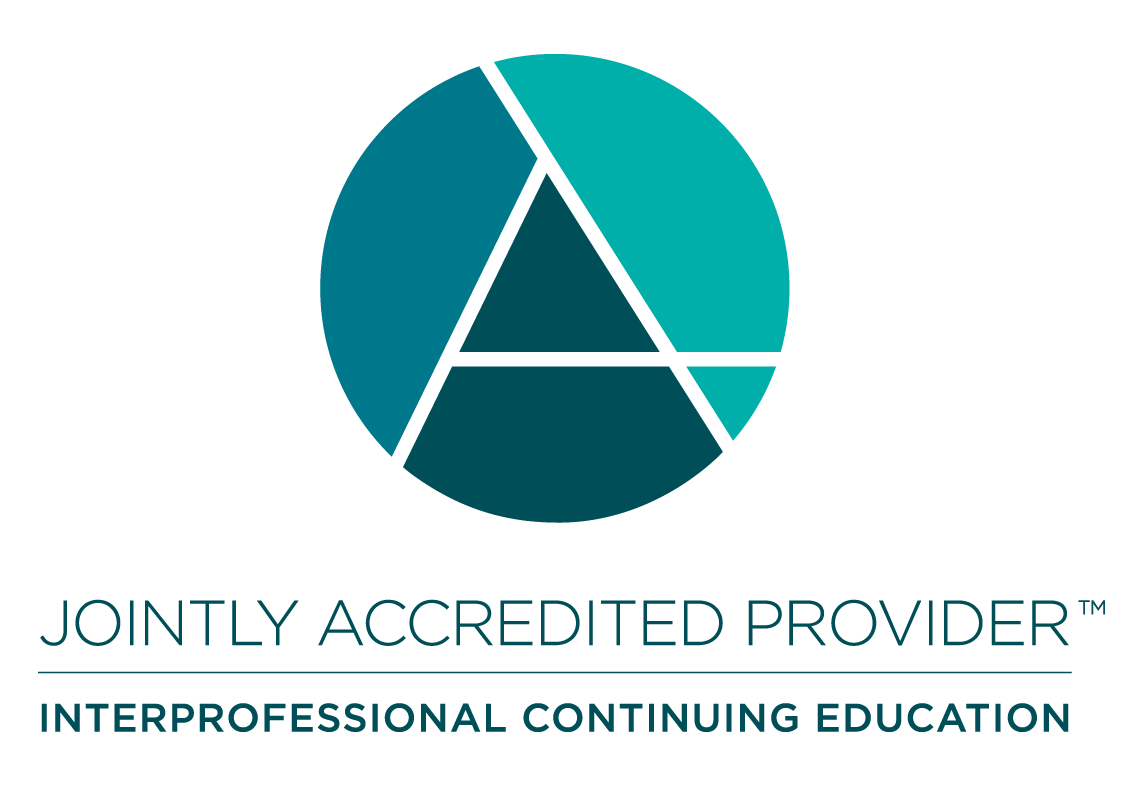University of Pittsburgh Health Sciences eLearning Environment Internet-based Studies in Education and Research
 INTRODUCTION
INTRODUCTION
 9/18/25 Anesthesiology Grand Rounds -Peripartum Cardiomyopathy Management in the Acute Care Setting
9/18/25 Anesthesiology Grand Rounds -Peripartum Cardiomyopathy Management in the Acute Care Setting
 QUIZ
QUIZ
 EVALUATION
EVALUATION
 CERTIFICATE
CERTIFICATE
Credit Hours: CME 1.00
Anesthesiologists and anesthesiologists-in-training and other anesthesia professionals, nurse anesthetists and anesthesia assistants.
Upon completion of this activity, participants should be able to:
- Describe the definition, epidemiology, and pathophysiology of peripartum cardiomyopathy using current clinical evidence and case-based examples.
- Evaluate medical treatment options and mechanical circulatory support strategies for peripartum cardiomyopathy, incorporating guideline-based decision-making.
- Compare and contrast neuraxial versus general anesthesia approaches for induction in patients with peripartum cardiomyopathy, considering patient safety and hemodynamic stability
- Apply current anticoagulation guidelines to clinical scenarios involving peripartum cardiomyopathy, with attention to risk stratification and timing.
- Interpret echocardiographic findings relevant to peripartum cardiomyopathy, identifying hallmark features and potential complications.
Joint Accreditation Statement:

In support of improving patient care, the University of Pittsburgh is jointly accredited by the Accreditation Council for Continuing Medical Education (ACCME), the Accreditation Council for Pharmacy Education (ACPE), and the American Nurses Credentialing Center (ANCC), to provide continuing education for the healthcare team.
The University of Pittsburgh School of Medicine is accredited by the ACCME to provide continuing medical education for physicians. The University of Pittsburgh School of Medicine designates this enduring material activity for a maximum of 1.0 AMA PRA Category 1 Credit™. Each physician should only claim credit commensurate with the extent of their participation in the activity.
Other health care professionals will receive a certificate of attendance confirming the number of contact hours commensurate with the extent of participation in this activity.
Suggested Additional Reading
- Demakis J.G., Rahimtoola S.H., Sutton G.C., et al. "Natural course of peripartum cardiomyopathy". Circulation 1971;44:1053-1061
- Pearson G.D., Veille J.C., Rahimtoola S., et al. "Peripartum cardiomyopathy: National Heart, Lung, and Blood Institute and Office of Rare Diseases (National Institutes of Health) workshop recommendations and review". JAMA 2000;283:1183-1188.
- Davis Melinda B., et al. “Peripartum Cardiomyopathy.” Journal of the American College of Cardiology, vol. 75, no. 2, Jan. 2020, pp. 207–21. jacc.org (Atypon)
- Mohammad Reza Movahed, Armin Talle, Mehrtash Hashemzadeh . Intra-aortic balloon pump is associated with the lowest, whereas Impella with the highest inpatient mortality and complications, regardless of severity or hospital types. Cardiovasc Interv Ther 2024 Jul;39(3):252-261. doi: 10.1007/s12928-024-00993-8
No relationships with industry relevant to the content of this educational activity have been disclosed.
This activity is approved for AMA PRA Category 1 Credit™
The University of Pittsburgh is an affirmative action, equal opportunity institution.